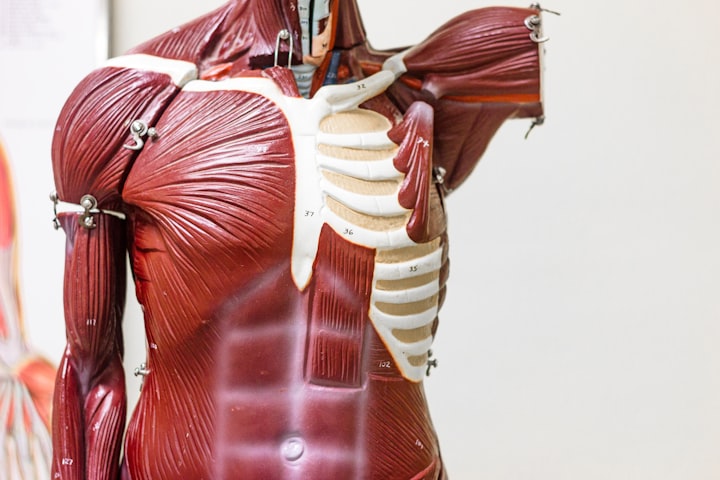
Meaning of Digestion system
The food that host animals obtain from plants is in unpredictable state, with the help of digestive juices they are converted into diffuse simple compounds. This process is called digestion. There are specific organs to perform these functions, which are called digestive organs and this system is called digestive system.
need for digestion
Many types of nutrients and molecules are present in foods which are used to form new tissues and repair old tissues. Since these nutrients cannot be made by animals themselves, the nutrients made by plants are decomposed by digestion and absorbed by animals. For this reason, food is converted into simple products through the digestive process, which is called digestion.
Major parts of the digestive system in humans
The digestive system is mainly divided into two parts
(1) Alimentary canal
(2) Associated glands
The alimentary canal starts from the oral cavity to the pharynx, esophagus. It passes through the stomach, small intestine and large intestine and ends at the anus. On the other hand, salivary glands, pancreas and liver etc. are related glands.
(1) Alimentary canal – Alimentary canal is divided into the following parts.
(A) Buccal cavity – The cavity found inside the mouth is protected from outside by the upper and lower lips. Jaws are found in the oral cavity in which teeth are located which are used for cutting, breaking, gnawing and chewing of food. A fleshy tongue is found in the oral cavity on which divided taste buds are present, which helps in sensing taste. Salivary glands are also found in the oral cavity which secrete saliva which contains Amylasel/ptylin enzyme which converts starch into maltose. Apart from this, 2. Saliva makes the food wet and pulp like, and acts as an antiseptic in the mouth.
(B) Pharynx – The function of the pharynx located between the oral cavity and the esophagus is to swallow food.
(C) Esophagus is a small and narrow tube which connects the esophagus to the stomach. No digestive enzymes are secreted by the esophagus. It transports food from the stomach to the small intestine.
(D) Stomach - The most expanded bag-like part of the alimentary canal looks like the English letter 'J'. saliva This diaphragm is located below on the left side of the abdominal cavity.
As soon as food reaches the stomach, gastric juice is secreted, which is also called gastric juice.
Gastric juice: A colourless, sour liquid secreted from the lining of the stomach which contains 90% water and 0.5% hydrochloric acid (HC) and pepsin, renin and lipase enzymes. Its pH is 0.9-1.5.
function of stomach
1. Stores food.
2. First digestion of protein starts here.
3. Hydrochloric acid (HCI) of the stomach makes the food acidic and kills the bacteria coming with the food, pepsin along with HCI converts protein molecules into peptones and proteose, rennin converts the protein carcinogen found in milk into casein. Converts to. Which is digested by pepsin.
4. Stomach glucose, water, alcohol and many types of medicines.
Also absorbs.
(E) Small intestine – highly convoluted and
The twisted tube that extends between the stomach and the large intestine. Is. Its length is approximately 22 feet. Despite its great length, it has a smaller diameter than the large intestine.
About the Creator
Vichaar
of these thoughts that human has become the most important species in the world, it is these thoughts that have made man the son of God or the son of Satan, therefore whatever your thoughts may be, they are important.
I am write my thoughts






Comments
There are no comments for this story
Be the first to respond and start the conversation.